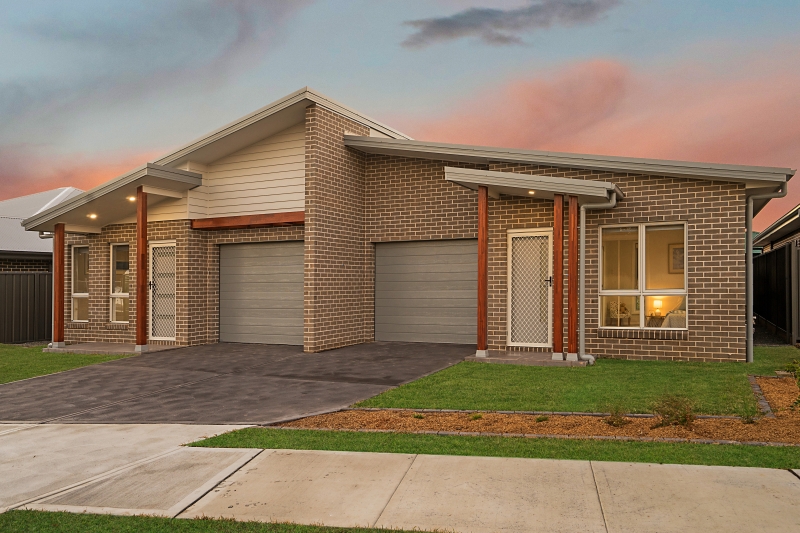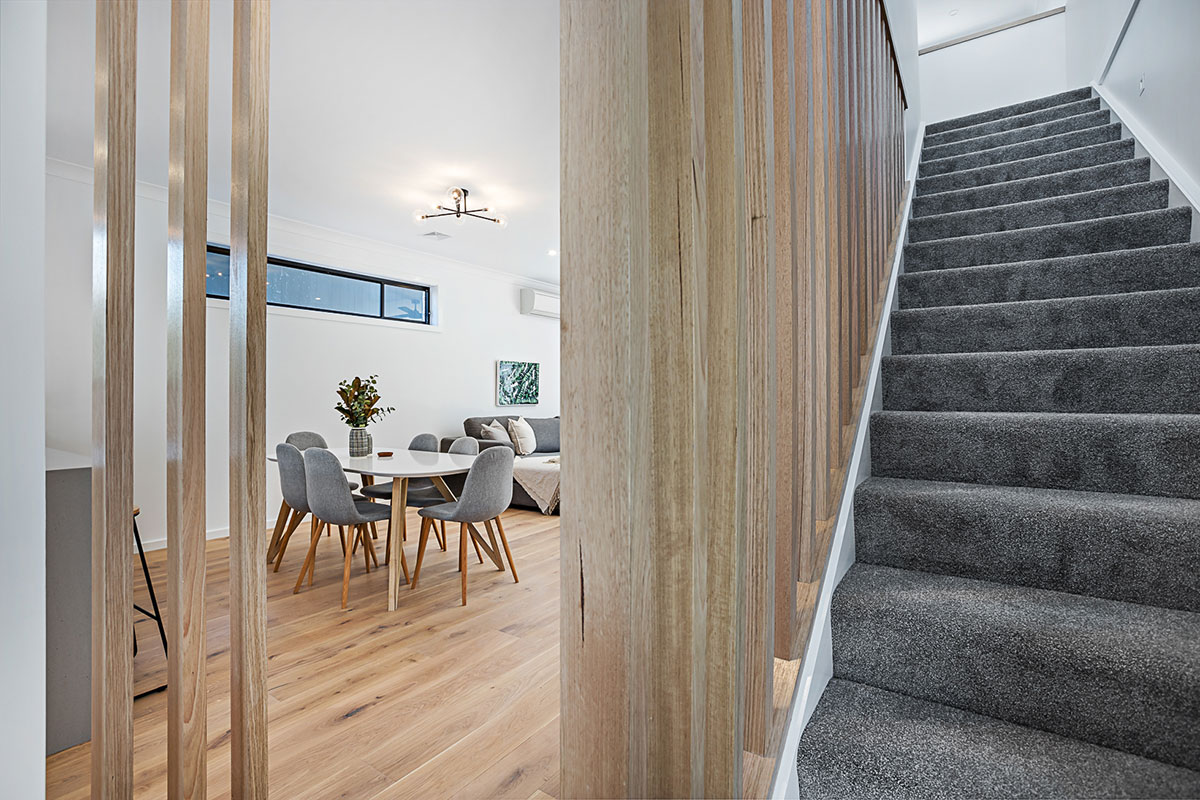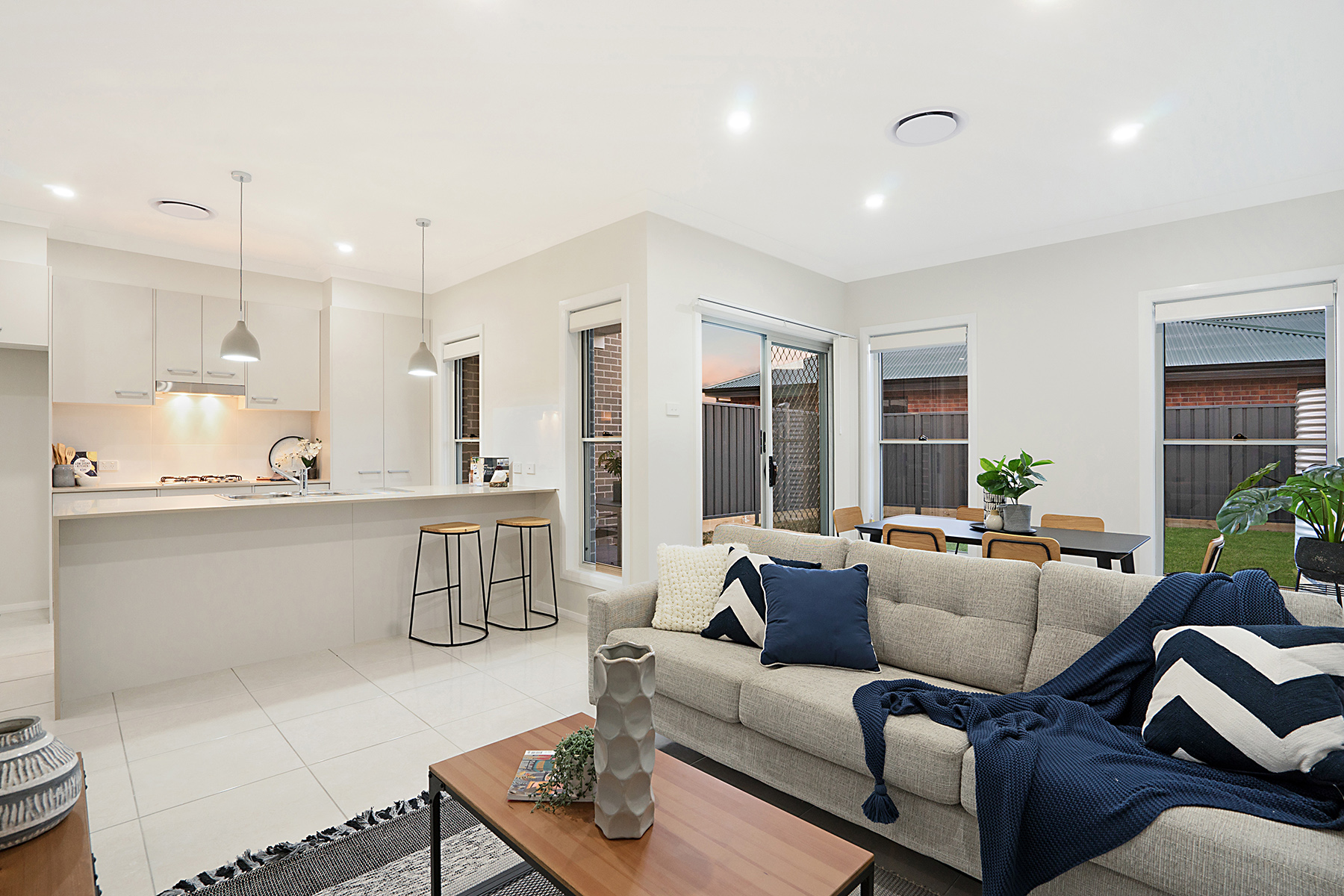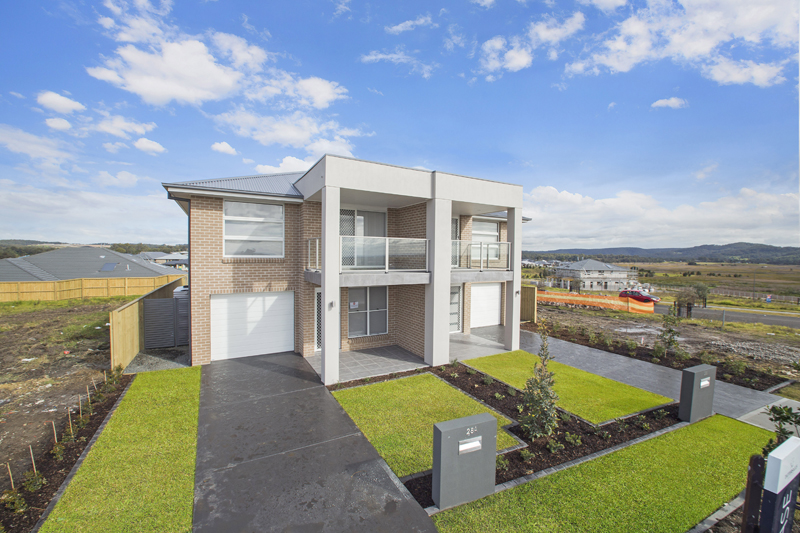MAXIMISE YOUR RETURN ON INVESTMENT: FEASIBLE DUAL OCCUPANCIES
Valley Homes are specialist Dual Occupancy builders – we’ve transformed hundreds of Newcastle’s backyards and blocks of land into dual occupancy or duplex developments. In our experience, if there’s a single step that improves our clients’ chance of a healthy return on investment it has to be a comprehensive feasibility study.
If you’re not sure what feasibility studies are or what they entail, feasibility studies are a crucial step in turning a single dwelling property into a profitable dual occupancy, especially if you are new to property investment – because due diligence and a successful development go hand-in-hand!
So, let us help you get that all important spreadsheet started…

Filling out your feasibility study spreadsheet starts with speaking to quite a number of people, such as:
1. Your accountant (preferably a property specialist)
2. Your loan manager or financial lender
3. A solicitor/conveyancer to estimate what their rates will be
4. Your local council for estimated DA and CC costs (oh and while you’re talking to your local council make sure you read their Development Control Plan and Local Environment Plan too)
5. A builder who is experienced in dual occupancy developments – beyond just simple granny flats to experts in single dwelling multi-bedroom homes (AKA Valley Homes)
6. A surveyor to discuss the potential subdivision of the land
7. and finally, the local real estate agent who will be the face of your sale or rental pitch.

But before you speak to any of the people mentioned above, you’ll need to know what information to get out of them…
Figures you must include in your feasibility study:
1. Land purchase / acquisition cost: this section needs to account for the total costs spent upfront on the investment. This can be an estimated sale price – simply update later when your costs are finalised. When entering your purchase costs, stamp duty, land valuation, even conveyancer fees etc. should also be entered here.
2. Financing costs: If you are borrowing the funds to build your dual occupancy development this section of your feasibility study includes the total amount to be borrowed, and details your repayments and estimated interest to be paid over the period of the loan. Loan types can vary depending on your individual development, with many investors using a land purchase loan and/or a construction loan.
3. Council rates and regulations: While experienced builders help manage the council fees and permits, you also need to know what the council land rates are for your property as this will impact on your overall income if you are planning to rent one or both homes to tenants. There are also a number of other potential council costs, such as zoning regulations, heritage listings, and sub-division costs.
4. Construction costs: If you are able to lock-down a fixed-price contract it will provide you with the most watertight forecast from a budgeting standpoint. However, any detailed quote from an experienced builder will help indicate what will be one of the largest figures entered into your spreadsheet.
5. Utility connection fees: While this might not be a large consideration if you are simply connecting an additional single dwelling on the existing property, but if you are planning on a knockdown rebuild with a multi-unit development, then your utility connections may add up quickly.
6. Selling and marketing costs: If you are not selling or renting the new build privately, you should factor in the Real Estate Agency fees to make sure you have covered all of the potential costs this project will require. After all, you may have a quality development, but if you can’t sell it you might end up eating into potential profits at the last hurdle. Also, ask for the potential sale price or estimated rental income.
7. Insurances and GST costs: There are many types of insurances associated with a dual occupancy development. A reputable builder will provide their own insurances that cover the building process, but it is an astute investor who knows the insurance costs to cover repayments etc. Also, depending on how you are operating your investment project, i.e. as a business, GST may be something you need to pay.
8. Contingency: Just as the word implies, contingency is an additional amount usually calculated at around 5 to 10% of the overall cost of the project. Think of it as a rainy-day fund to ensure your project has the funds to keep going when and if unexpected issues arise.
Now for the finale…
9. Projected profit / income from your investment: All going well, and if your project is to be deemed ‘feasible’, this field will give you a positive figure at the bottom of your spreadsheet. If not, don’t give up hope. Speak to your dual occupancy builder, shop around for a more favourable financial institution, and of course, tweak where you can.









